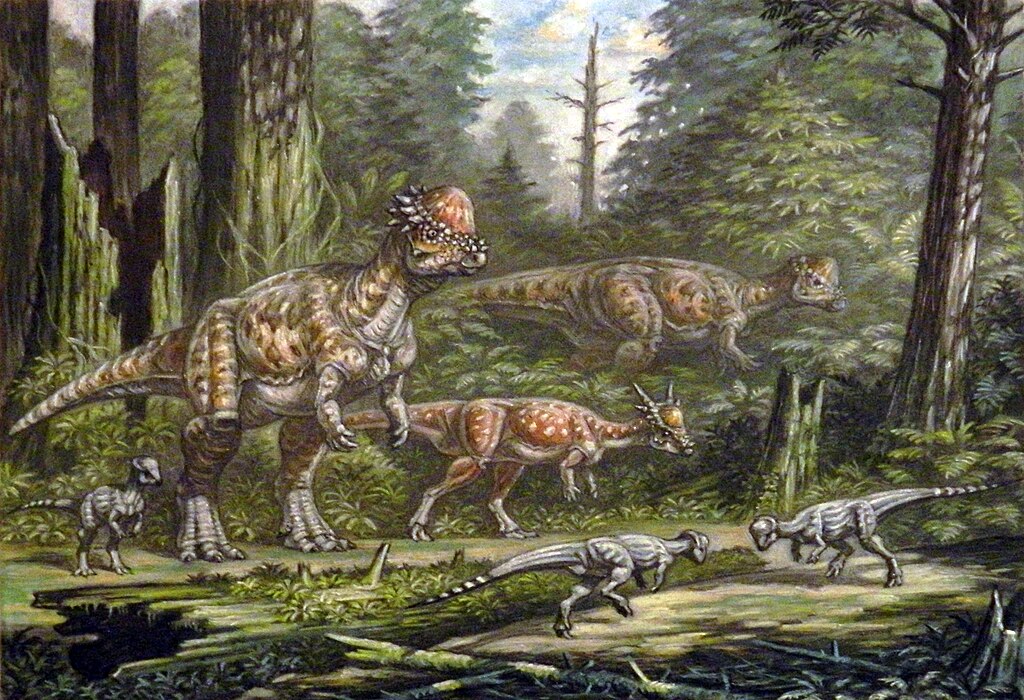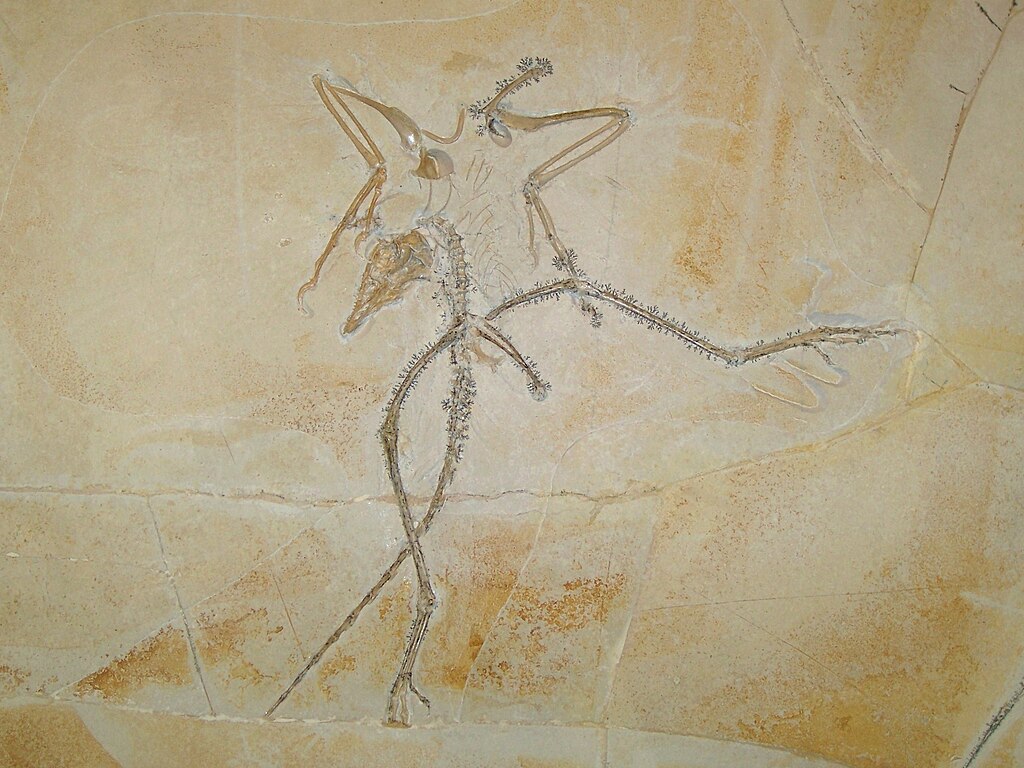When we imagine dinosaurs, we typically envision their physical appearances—scaly skin, massive bodies, and fearsome teeth. But what if there was more to their sensory world than we’ve considered? Modern research into animal vision reveals extraordinary diversity in how creatures perceive light. Some contemporary animals can see ultraviolet or infrared wavelengths invisible to humans. This raises a fascinating question: What if dinosaurs possessed these enhanced visual abilities? The implications would be far-reaching, potentially revolutionizing our understanding of dinosaur behavior, evolution, and ecology. This exploration isn’t merely speculative—it’s grounded in emerging paleobiological research and comparisons with living dinosaur relatives.
The Spectrum Beyond Human Vision
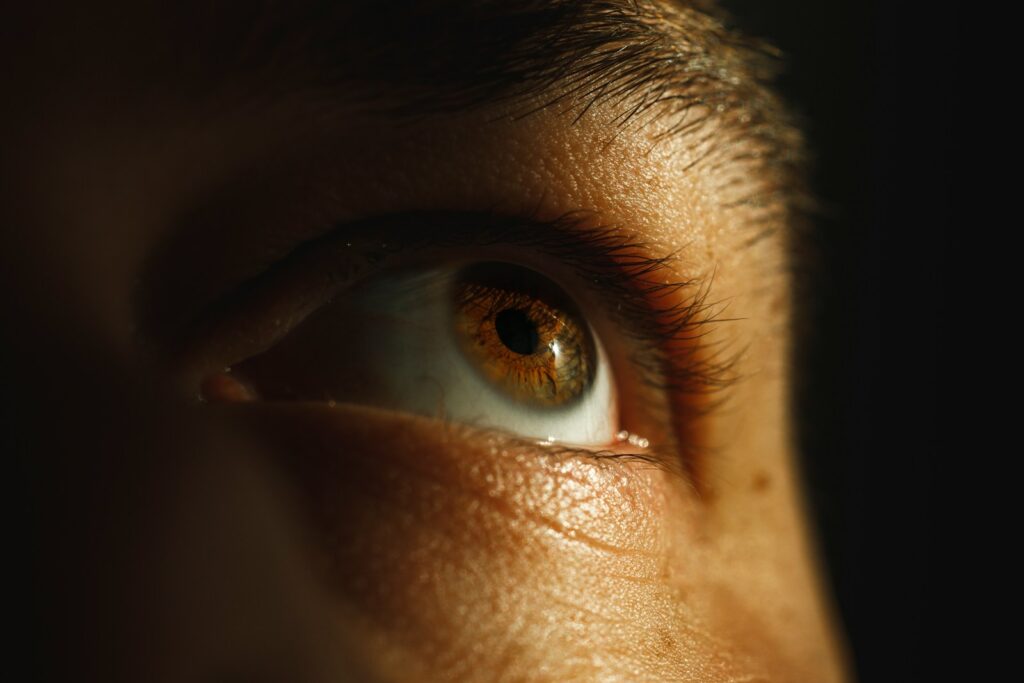
Human vision is limited to what scientists call the “visible spectrum,” wavelengths between approximately 380 and 750 nanometers. However, many animals can perceive light beyond these boundaries. Ultraviolet (UV) vision extends below 380 nanometers, while infrared (IR) perception captures wavelengths longer than 750 nanometers. Bees, for instance, can see patterns on flowers invisible to humans, guiding them to nectar. Pit vipers detect infrared radiation, allowing them to locate warm-blooded prey in complete darkness. These capabilities aren’t rare evolutionary oddities—they’re common adaptations that provide significant survival advantages in specific ecological niches. Understanding these visual systems helps frame our exploration of potential dinosaur sensory capabilities and their evolutionary significance.
Clues from Living Dinosaur Descendants

Birds, the direct descendants of theropod dinosaurs, provide our most valuable window into potential dinosaur vision. Many bird species possess tetrachromatic vision, meaning they have four types of color receptors compared to humans’ three. This fourth receptor often extends into the ultraviolet range, allowing birds to perceive UV patterns on feathers, fruits, and flowers invisible to human eyes. Some birds can even see the Earth’s magnetic field through UV-sensitive proteins in their eyes, aiding in navigation during migration. Crocodilians, the other living archosaur group related to dinosaurs, have excellent night vision and specialized retinal structures that suggest sensitivity to different light wavelengths than humans. These modern relatives suggest that enhanced visual perception may have deep evolutionary roots in the archosaur lineage that includes dinosaurs.
The Evolutionary Advantage of UV Vision in Dinosaurs

If dinosaurs could perceive ultraviolet light, their world would have contained visual information completely invisible to human observers. Plant materials often reflect UV light in patterns that signal ripeness or nutritional content, potentially guiding herbivorous dinosaurs to optimal food sources. For predatory dinosaurs, UV vision could have revealed urine trails left by prey, similar to how some modern raptors track rodents. Perhaps most intriguingly, UV-visible markings might have adorned dinosaur scales, feathers, or skin, playing crucial roles in species recognition and mate selection. These patterns, invisible in fossilized remains, could have created a vibrant social signaling system among dinosaur species. The evolutionary advantage would have been particularly significant for dinosaurs active during dawn and dusk, when UV light is proportionally more abundant relative to visible light.
Thermal Vision: Hunting in the Dark
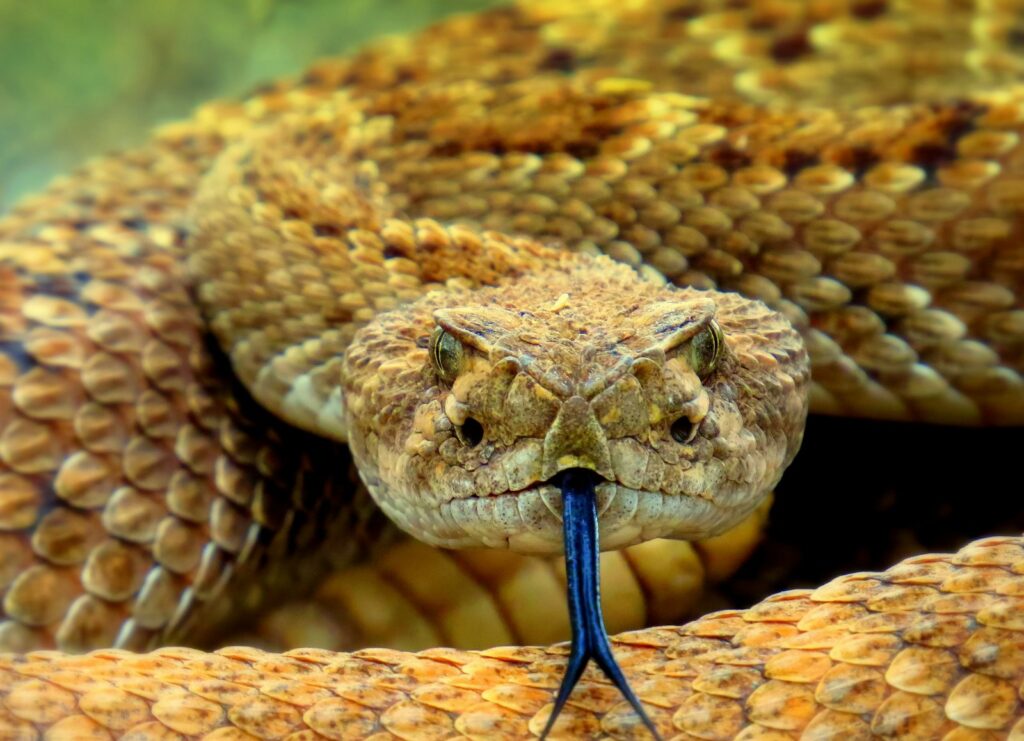
Infrared perception, particularly thermal sensitivity, would have transformed predatory dinosaurs into exceptionally efficient hunters. Modern snakes with heat-sensing pit organs can detect temperature differences as small as 0.003°C, allowing them to locate warm-blooded prey in total darkness. If theropod dinosaurs possessed similar capabilities, they could have hunted effectively at night or in dense forests where visual cues were limited. For large predators like Tyrannosaurus rex, thermal sensitivity might have enabled detection of prey from significant distances, compensating for what some researchers believe was relatively limited visual acuity. Smaller predatory dinosaurs could have specialized in nocturnal hunting, exploiting ecological niches unavailable to strictly diurnal species. This sensory adaptation would have dramatically expanded the hunting opportunities and efficiency of predatory dinosaurs throughout the Mesozoic era.
Evidence from Dinosaur Skull Anatomy
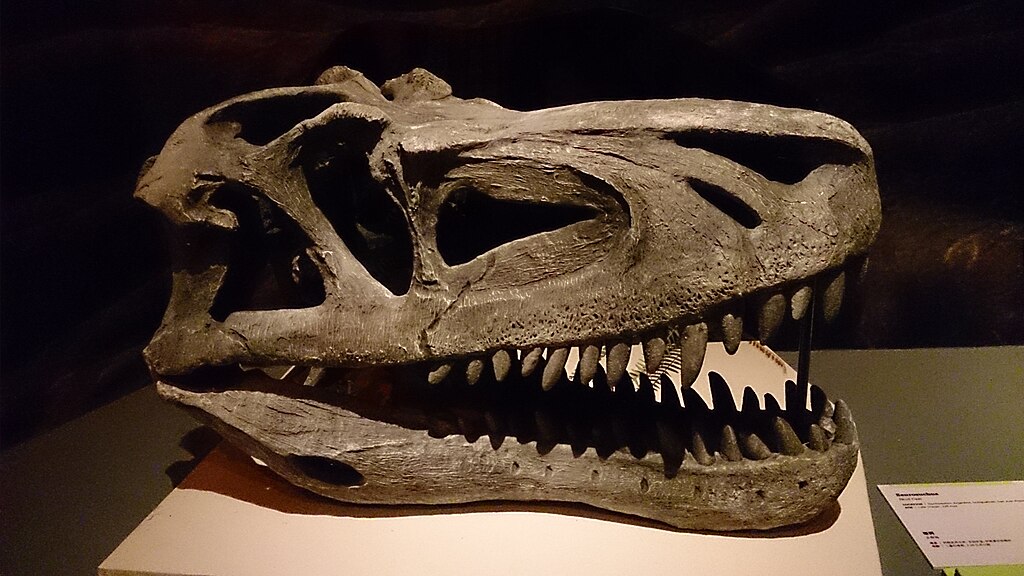
Paleontologists have begun examining dinosaur skull fossils for anatomical features that might indicate enhanced visual capabilities. The size and shape of eye orbits provide clues about the eyes themselves, while small foramina (openings) in facial bones might have accommodated specialized sensory organs. Some theropod dinosaurs show skull features reminiscent of the infrared-sensing pit organs found in modern snakes. Sclerotic rings, bony structures that surrounded the eyes of many dinosaurs, offer insights into eye shape and potential light-gathering ability. In several dinosaur groups, these anatomical features suggest adaptations for low-light conditions or specialized visual perception. While direct evidence of photoreceptor types is unavailable in fossils, these anatomical studies, combined with phylogenetic bracketing using modern relatives, allow researchers to make increasingly informed hypotheses about dinosaur sensory capabilities.
UV and IR Vision in Different Dinosaur Groups

Different dinosaur lineages likely evolved varied visual adaptations based on their ecological niches. Small, agile theropods might have benefited most from ultraviolet sensitivity for hunting and social signaling, paralleling modern birds. The large eyes of many ornithomimids (“ostrich mimics”) suggest enhanced visual capabilities, potentially including expanded spectral sensitivity. Herbivorous dinosaurs might have used UV vision to assess plant quality and detect subtle differences in vegetation. Among the largest dinosaurs, infrared sensitivity could have served thermoregulatory functions, helping these massive animals monitor body temperature gradients. Nocturnal dinosaur species, whose existence is increasingly supported by evidence, would have particularly benefited from enhanced light sensitivity and possibly infrared perception. This diversity of visual adaptations would have contributed to the remarkable ecological diversification of dinosaurs across their 165-million-year reign.
Impact on Dinosaur Coloration and Display
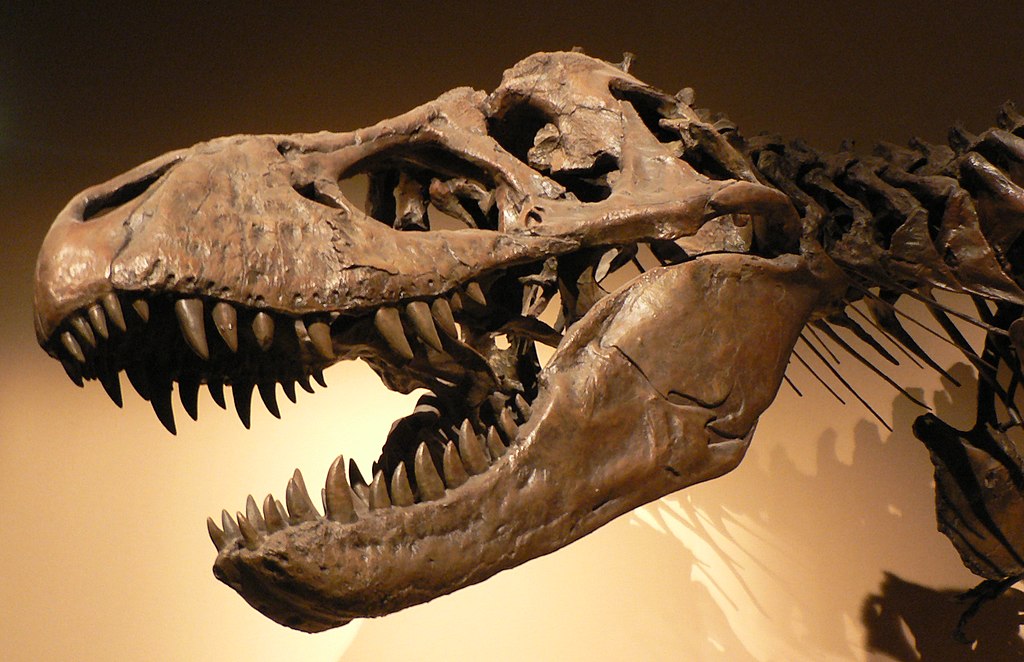
The possibility of UV vision in dinosaurs has profound implications for understanding their appearance and social behavior. Recent discoveries have revealed that many dinosaurs possessed vividly colored feathers and scales, but these reconstructions are limited to colors visible to humans. If dinosaurs perceived ultraviolet, their bodies may have featured additional patterns and signals invisible in the fossil record and to our eyes. Males might have displayed UV-reflective patches to attract mates, similar to modern birds like budgerigars. Social hierarchies could have been established through complex UV markings that signaled age, health, or dominance. Territorial boundaries might have been marked with UV-visible secretions, creating a landscape of visual information imperceptible to human observers. This invisible dimension of dinosaur appearance would have added remarkable complexity to their social and reproductive behaviors.
Enhanced Vision and Predator-Prey Relationships

Expanded visual capabilities would have dramatically influenced predator-prey dynamics throughout the Mesozoic. Predatory dinosaurs with UV or IR vision would have gained significant advantages in detecting camouflaged prey, potentially driving the evolution of more sophisticated hiding strategies. Herbivorous dinosaurs might have developed enhanced visual systems to detect predators at greater distances, particularly in low-light conditions when many ambush predators are most active. The resulting evolutionary arms race would have shaped dinosaur sensory systems, behaviors, and even body structures over millions of years. Certain dinosaur groups might have evolved countermeasures against enhanced predator vision, such as heat-diffusing structures or UV-absorbing skin compounds. These complex sensory interactions would have created intricate ecological relationships far more sophisticated than the simplistic “monsters chasing each other” depiction popular in media.
Dawn and Dusk Activity Patterns

Enhanced visual perception, particularly UV sensitivity, offers significant advantages during twilight hours when conventional vision becomes less effective. If dinosaurs possessed these capabilities, many species might have been crepuscular—most active during dawn and dusk—rather than strictly diurnal or nocturnal. During these transition periods, ultraviolet light penetrates the atmosphere at proportionally higher levels compared to visible light, creating an optimal environment for UV-sensitive eyes. This temporal niche separation would have allowed different dinosaur species to coexist in the same habitats while minimizing direct competition. Evidence from eye structure in some dinosaur fossils supports the hypothesis of crepuscular activity patterns in certain species. Modern birds show similar adaptations, with many species concentrating their feeding and social activities during dawn and dusk hours when their tetrachromatic vision provides maximal advantage.
IR Vision and Thermoregulation
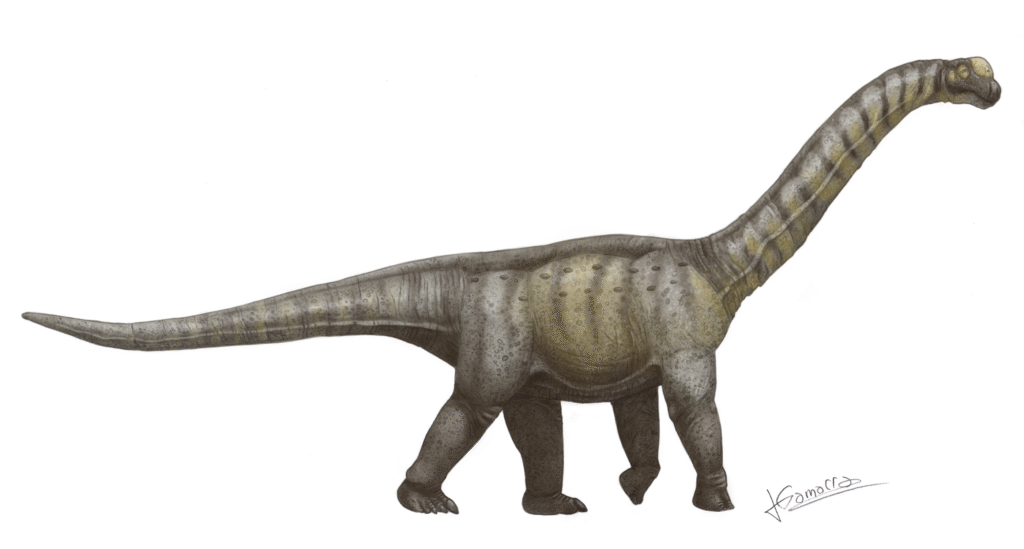
Infrared perception would have offered dinosaurs more than just hunting advantages—it could have played a crucial role in thermoregulation. Large dinosaurs faced significant challenges in managing body temperature, particularly in fluctuating climates. The ability to perceive infrared radiation might have allowed dinosaurs to locate optimal microenvironments for warming or cooling their bodies. Sauropods could have identified sun-warmed rocks for morning heating or located cooler forest patches during midday heat. Nesting females might have used infrared sensitivity to maintain optimal egg temperatures, crucial for successful incubation and sex determination in many reptiles. Social dinosaurs could have huddled together more efficiently by detecting which individuals radiated the most heat. This thermoregulatory application of infrared perception would have been particularly valuable during periods of global climate fluctuation throughout the Mesozoic era.
Reconstructing Dinosaur Perception Through Computer Modeling
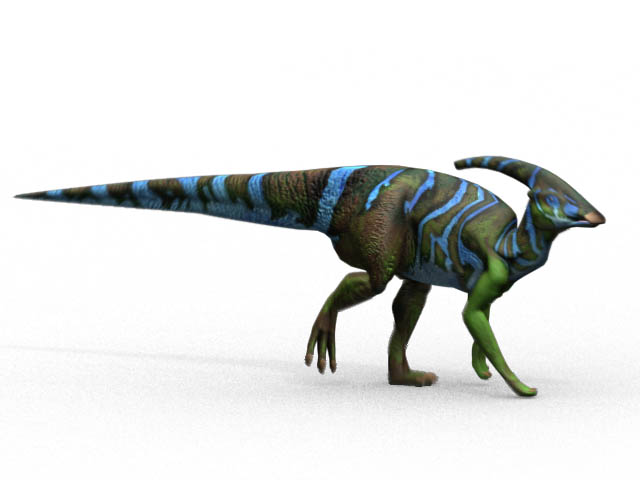
Modern computational techniques allow scientists to simulate how dinosaurs might have perceived their world with enhanced visual capabilities. By analyzing fossil eye structures and applying knowledge from living relatives, researchers can create digital models of dinosaur visual systems. These models can then be applied to environmental data to generate approximations of what dinosaurs might have seen. Scientists have already created UV-vision simulations for modern birds that reveal striking patterns invisible to humans. Similar techniques could reconstruct potential dinosaur perception by digitally adding ultraviolet or infrared information to paleoenvironmental reconstructions. These visualizations not only advance scientific understanding but also provide compelling educational tools that help the public comprehend the sophisticated sensory world dinosaurs may have inhabited. As computing power increases, these models become increasingly accurate and reveal new insights about potential dinosaur perception.
Testing the Hypothesis: Future Research Directions

While direct evidence of dinosaur visual perception remains elusive, several promising research directions could strengthen or refute hypotheses about UV or IR vision. Advanced scanning techniques might reveal previously undetected structures in fossil eye regions, such as traces of specialized receptor cells or supporting tissues. Genetic studies of modern birds and reptiles continue to identify genes responsible for UV and IR perception, allowing researchers to trace their evolutionary history and determine when these capabilities first appeared in the archosaur lineage. Experimental studies with living archosaurs can reveal how anatomical features correlate with specific visual capabilities, improving interpretations of fossil structures. Broader comparative analyses across vertebrates help identify patterns in the evolution of specialized vision and its relationship to ecological niches. These multidisciplinary approaches promise to continually refine our understanding of dinosaur sensory worlds in the coming years.
The Unseen Dinosaur World: Implications for Our Understanding

The possibility of enhanced visual perception forces us to fundamentally reconsider how dinosaurs experienced their world. Colors, patterns, and environmental features important to dinosaurs may have been entirely different from what humans would have noticed. Behaviors previously interpreted through a human-centric visual framework might require complete reevaluation when considering different perceptual capabilities. The iconic Jurassic Park depiction of dinosaurs, while groundbreaking for its time, likely captures only a fraction of their sensory reality. Enhanced vision would have enabled more sophisticated behaviors, from complex social interactions to refined hunting and foraging strategies. This reconsideration extends beyond dinosaurs to our understanding of ancient ecosystems as interconnected networks of species with diverse sensory adaptations. By acknowledging these perceptual differences, we gain a more authentic, if humbling, perspective on these remarkable animals that dominated Earth for over 160 million years.
Conclusion

The question of whether dinosaurs could see in ultraviolet or infrared wavelengths remains open, but the evidence from their living descendants and evolutionary context makes it a compelling possibility. If dinosaurs did possess these enhanced visual capabilities, they inhabited a world richer and more complex than we can directly experience—a world where UV patterns guided social interactions and thermal signatures revealed hidden prey. As research techniques advance, we edge closer to reconstructing the sensory worlds of these magnificent creatures, revealing dimensions of dinosaur biology previously hidden from scientific inquiry. The dinosaurs that capture our imagination may have perceived a reality far more extraordinary than we’ve traditionally envisioned, reminding us that the past wasn’t just populated by different animals, but by different ways of experiencing the world itself.


